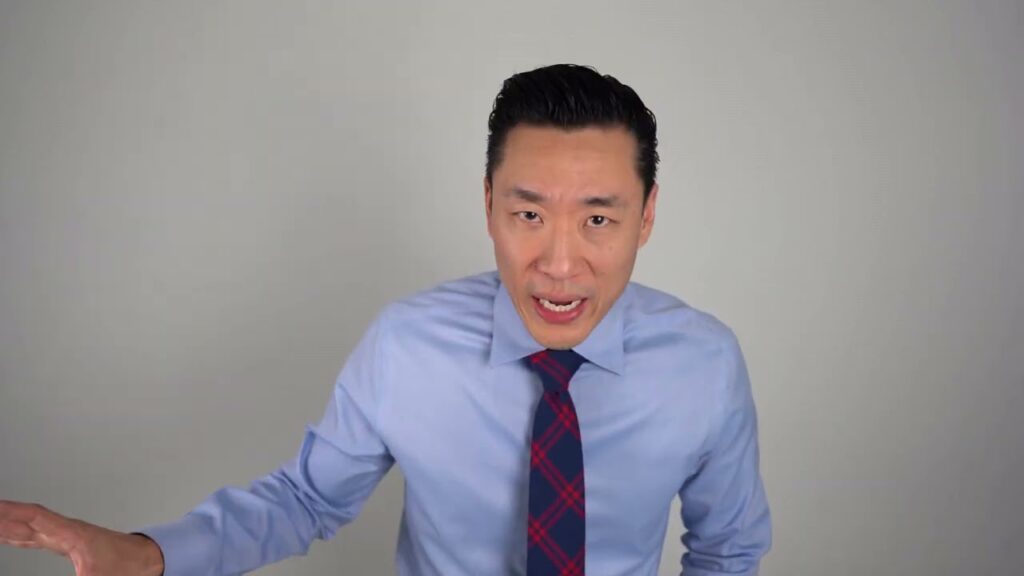Economic policies play a pivotal role in shaping a nation’s financial landscape, and President Trump’s economic plans have been a topic of significant discussion. From tax cuts to inflation reduction and interest rate demands, these policies aim to stimulate growth, boost consumer confidence, and strengthen the economy. This blog post explores the key components of President Trump’s economic plans and their potential impact.
The Foundation of President Trump’s Economic Plans
At the core of President Trump’s is a focus on deregulation, tax reform, and economic growth. These policies are designed to create jobs, increase disposable income, and encourage business investment. Let’s break down the three major pillars of these plans: tax cuts, inflation reduction, and interest rate demands.

1. Tax Cuts: Stimulating Growth
One of the most notable aspects of President Trump’s is the emphasis on tax cuts. The Tax Cuts and Jobs Act of 2017, for example, reduced corporate tax rates from 35% to 21%, aiming to incentivize businesses to invest, expand, and hire more workers. For individuals, the plan lowered income tax rates, potentially increasing disposable income and consumer spending.
2. Inflation Reduction: Stabilizing the Economy
Inflation has been a growing concern for many Americans, and President Trump’s include measures to address this issue. By promoting energy independence, reducing regulatory burdens, and encouraging domestic production, these policies aim to stabilize prices and reduce inflationary pressures. Lower inflation can lead to increased purchasing power and a healthier economy.
3. Interest Rate Demands: Balancing Growth and Stability
Interest rates play a critical role in economic growth, and President Trump’s economic plans have often included calls for lower interest rates. Lower rates can stimulate borrowing, spending, and investment, but they must be balanced to avoid excessive inflation or asset bubbles. The Federal Reserve’s decisions on interest rates are closely tied to the success of these plans.
The Impact of President Trump’s Economic Plans
The implementation of President Trump’s economic plans has sparked debates about their long-term effects. Proponents argue that tax cuts and deregulation have fueled economic growth, while critics raise concerns about increasing national debt and income inequality. Understanding these perspectives is essential for evaluating the overall impact of these policies.
Challenges and Opportunities
While President Trump’s have shown potential for stimulating growth, they also face challenges. Balancing tax cuts with fiscal responsibility, managing inflation, and navigating global economic uncertainties are ongoing priorities. However, these plans also present opportunities for innovation, job creation, and economic resilience.
Final Thoughts
President Trump’s economic plans have significantly influenced the U.S. economic landscape, focusing on tax cuts, inflation reduction, and interest rate demands. Whether you support or critique these policies, understanding their goals and implications is crucial for informed discussions about the future of the economy.
Call-to-Action (CTA)
Want to learn more about economic policies and their impact? Explore in-depth analysis, resources, and guides at OneScholar.org. Stay informed and join the conversation about the future of the economy!
VIDEO CREDIT:






